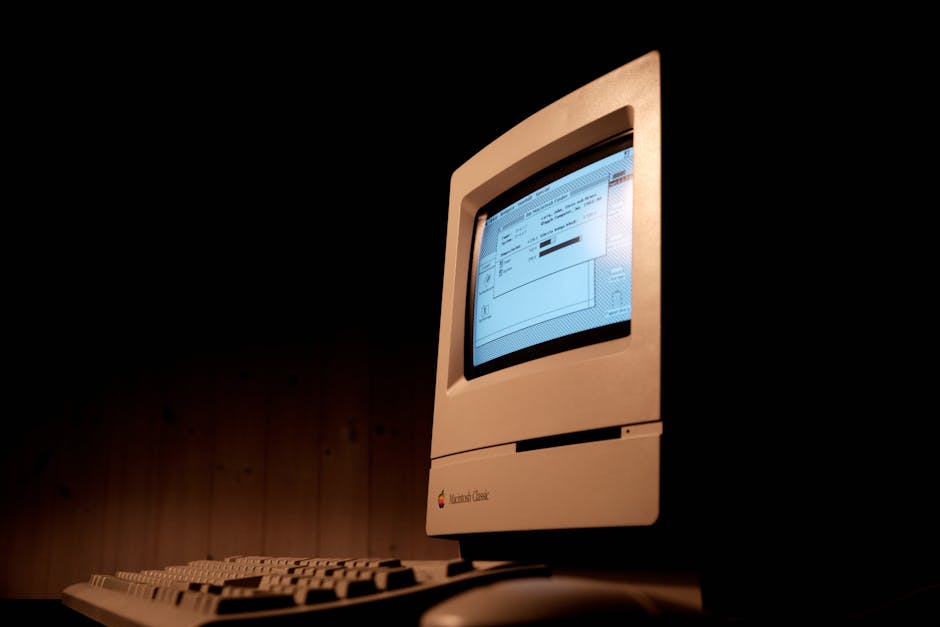Introduction to Windows Troubleshooting
Windows can sometimes act up – freezing, crashing, or just running slower than usual. It’s like it’s having a bad day, and nothing you do seems to make it better. Before you think about spending cash on a professional to take a look, there are some basic troubleshooting steps you can try yourself. These steps can help fix the most common issues with Windows, from apps not working right to the system taking too long to start. Think of this as your go-to first aid kit for your computer. By learning a few simple techniques, you could get Windows back on its feet, running smoothly again. No fancy computer jargon needed, just straightforward steps to get you back on track.

Restarting Your PC: A First Step in Troubleshooting
Before diving into complicated solutions, hitting the restart button on your PC can work miracles. It’s like giving your computer a fresh start. Imagine your PC as an athlete; sometimes, all it needs is a brief break to perform at its best again. Restarting clears the memory and stops any processes that might be causing issues, making it a quick fix for many problems. Plus, it’s easy. Just click Start, then the Power button, and select Restart. Simple, right? And often, this one step can save you from the headache of more complex troubleshooting methods. So, next time your computer acts up, remember, a quick restart might be all it takes to get back on track.
Running the Windows Update Troubleshooter
Windows loves to keep things running smoothly, but sometimes it needs a nudge when updates act up. That’s where the Windows Update Troubleshooter steps in. Think of it as your go-to helper when updates throw a tantrum. To get it working, go to Settings, hit Update & Security, and choose Troubleshoot. Click on ‘Additional troubleshooters’ and select the Windows Update option. Then hit ‘Run the troubleshooter’. It’s like a detective, sniffing out problems with your updates and fixing them. Easy, right? Remember, keeping Windows updated is key for security and performance, so don’t skip this step when updates stall.
Utilizing the Built-In Windows Defender for Security Scans
Windows Defender is your first line of defense against malware and spyware that might try to sneak into your computer while you’re browsing online or going about your day-to-day digital tasks. It’s built right into your Windows system, so you don’t need to install anything extra. Here’s the thing — using Windows Defender for security scans is easy and effective. Open it by going to your settings, clicking on “Update & Security,” and then “Windows Security.” From there, you can choose to run a quick scan that checks the places viruses are most likely to hide, or a full scan that covers your entire system. It might take longer, but it’s worth it for your peace of mind. Windows Defender automatically updates itself, but make sure your system updates are on track too. This ensures you’re always armed against the latest threats. Remember, staying safe isn’t just luck; it’s about regular checks. So, make scanning with Windows Defender a habit.
Clearing Temporary Files to Improve Performance
Windows loves to save files for a bit before deciding it’s done with them – we call these temporary files. Over time, they pile up, like leaves in your backyard, slowing your computer down. Clearing them out can give your PC a performance boost. It’s like giving your computer a breath of fresh air. Here’s how to do it: just search “Disk Cleanup” in the Start menu. Run it, select your main drive, and check the boxes, especially the one for temporary files. Hit “OK” and let it do its magic. Easy, right? This small step can make a big difference, making your computer run smoother and faster. Just remember, keep doing it regularly for the best results.
Checking for Driver Updates
Keeping your computer’s drivers updated is like giving your car a regular oil change. It’s essential for a smooth ride. Windows computers rely on drivers, small pieces of software, to communicate with the hardware. Think of drivers as translators between your computer’s operating system and the keyboard, mouse, printer, or any other device connected to it. Outdated drivers can cause problems like your printer not working or your screen displaying weird colors. Here’s how to check for driver updates in a few simple steps. First, click on the Start menu and open up the Settings app. From there, navigate to Update & Security and then to Windows Update. Here, you’ll see an option that says “Check for updates.” Hit that button. If there are any driver updates available, Windows will download and install them automatically. Sometimes, you might need to go to the device manufacturer’s website to download the most recent driver versions, especially for devices not directly supported by Windows Update. Keeping your drivers updated ensures your devices work properly and your computer stays in tip-top shape.
Using System Restore to Revert Changes
Sometimes, updating your PC or installing new software can mess things up a bit. Maybe something stops working, or the computer starts acting strangely. That’s where System Restore comes into play. It’s like a time machine for your PC; it can take your computer’s system files, program files, and registry settings back to a previous point in time, a restore point, before the trouble started. To use System Restore, you don’t need to be a tech wizard. Just follow these steps: Open the Start menu, type “Create a restore point” in the search bar, and press Enter. In the System Properties window that pops up, click on the System Restore button. Then, follow the prompts to select a restore point and start the restoration process. Remember, System Restore won’t touch your personal files, so don’t worry about losing your photos or documents. It’s an easy way to undo unwanted changes and get your system running smoothly again.
Managing Startup Programs to Enhance Speed
Slowing down during startup? You’re not alone. It’s a common issue, often due to too many programs launching when you turn your computer on. But there’s a simple fix: managing your startup programs. Here’s the scoop – Windows often allows various applications to start up automatically. This might seem helpful, but it can seriously slow down your machine. To speed things up, you’ll want to dive into your startup settings. Press Ctrl + Shift + Esc to open Task Manager. Click on the ‘Startup’ tab. Here, you’ll see a list of all the programs that start when your computer does. Take a close look. Do you really need all these programs launching at startup? Probably not. To stop a program from starting automatically, right-click it and select ‘Disable’. Be selective though. Some programs, like antivirus software, are important to start with your computer. Disabling others, especially those you rarely use, can significantly boost your startup speed and overall system performance. Keep it lean for a mean, fast-starting machine.
Checking Disk for Errors Using CHKDSK
Running CHKDSK is like giving your Windows a quick health check. It’s your first line of defense against disk issues. Here’s how to do it: Open the Command Prompt as an administrator by searching for it in the start menu, right-clicking on it, and selecting ‘Run as administrator’. Once it’s open, type chkdsk C: /f /r and hit Enter. Replace ‘C’ with the letter of the drive you want to check, if it’s not the C drive. The /f parameter tells CHKDSK to fix any errors it finds, and /r tells it to locate bad sectors and recover readable information. Keep in mind, for CHKDSK to run on your system drive (usually C), you’ll need to restart your computer. It might take a bit of time, but it’s worth it. It’s like taking your car for a tune-up; it keeps things running smoothly.
Conclusion: Maintaining a Healthy Windows System
Keeping your Windows system running smoothly isn’t magic, it’s about regular care and knowing when to use the right tools. Remember, the health of your computer affects your daily tasks and overall productivity. Use antivirus software to fend off malware, clear out unnecessary files with Disk Cleanup, and keep your drivers up to date. Don’t let temporary files and unused programs clog your system. Run those updates; they’re important for fixing bugs and improving security. And when in doubt, rebooting your PC can solve more issues than you’d think. By following these tips, you’re not just troubleshooting; you’re preventing problems before they start. Stay proactive, and your Windows system will serve you well for years to come.







